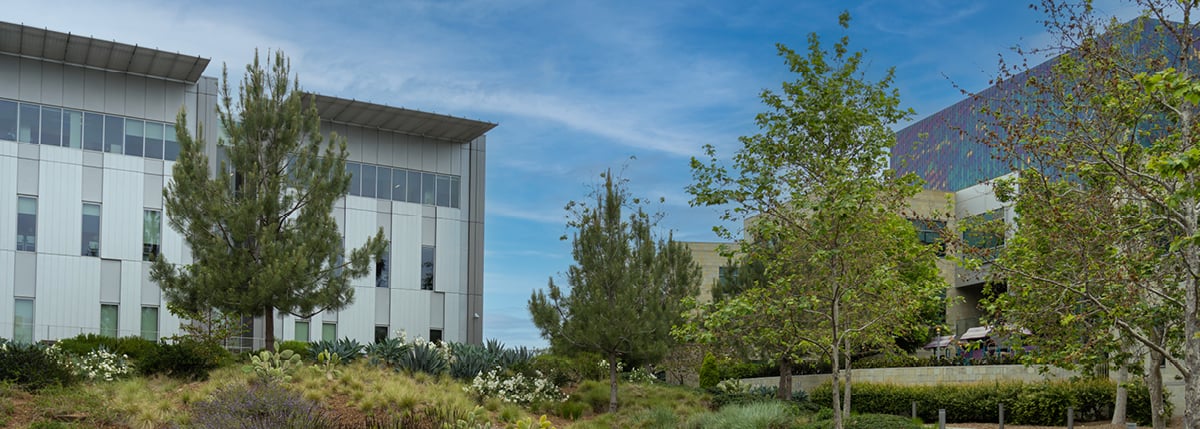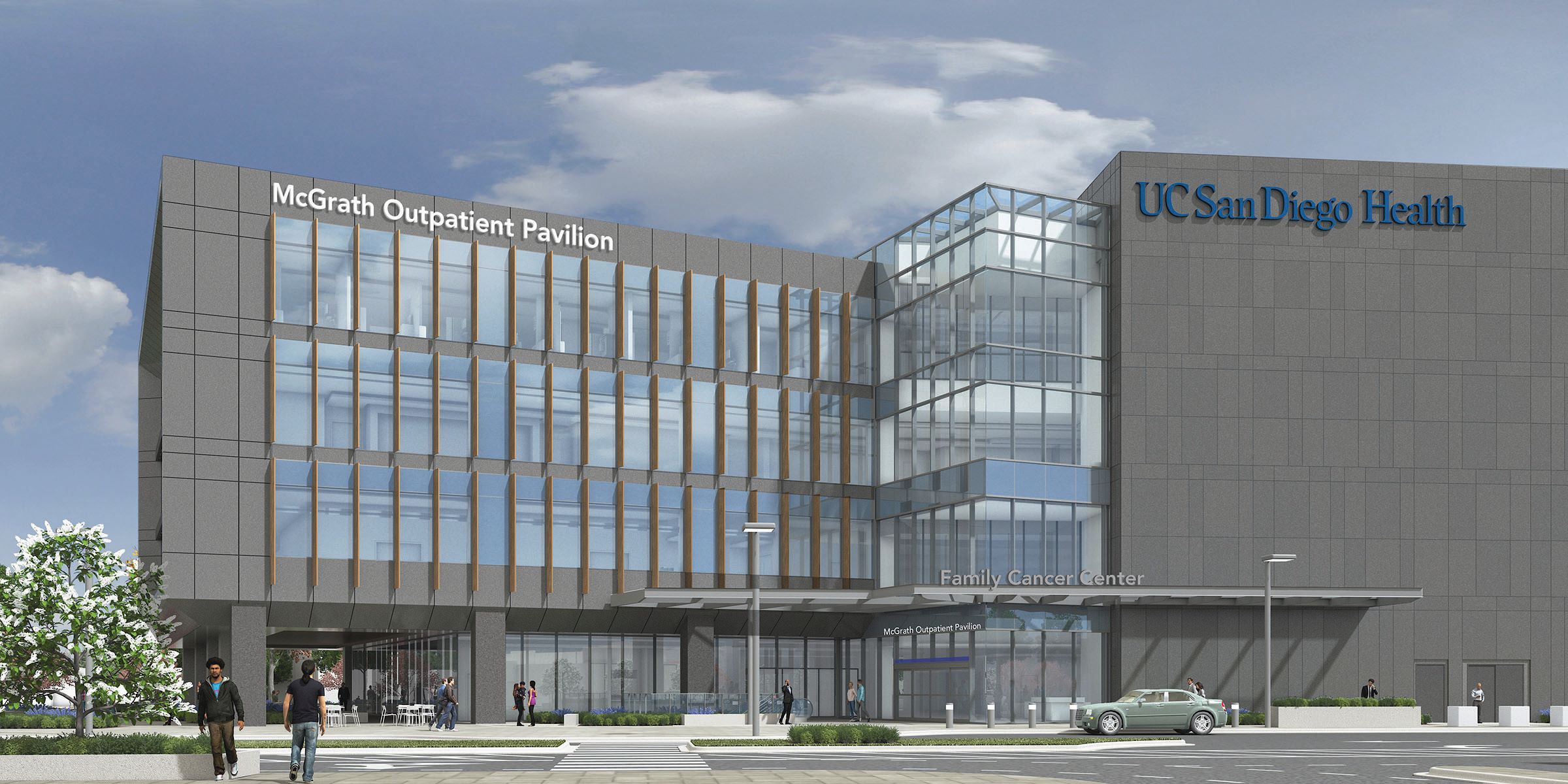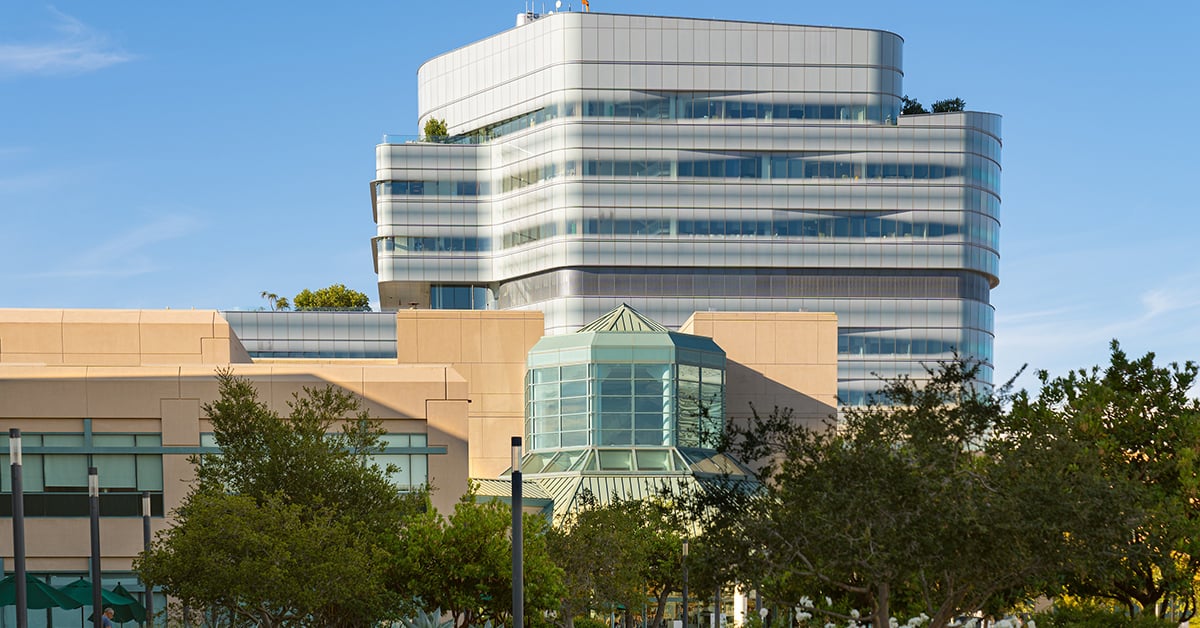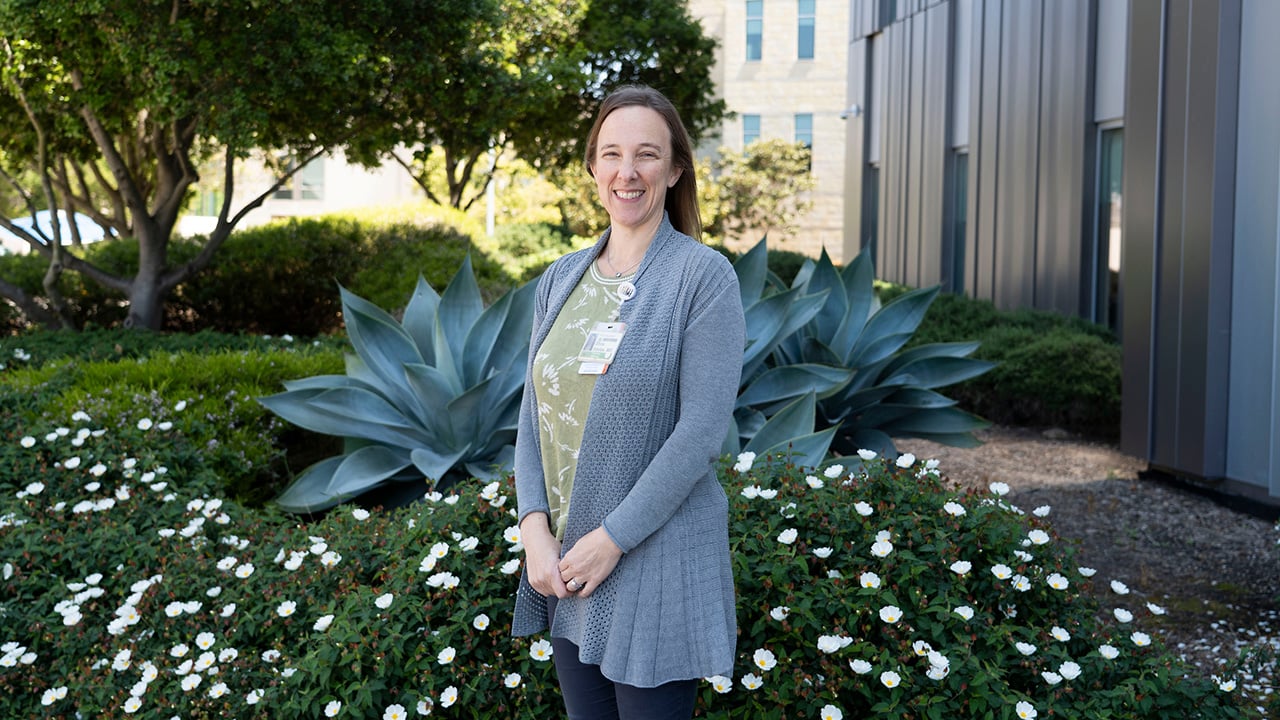Sustainability at UC San Diego Health
What Is Sustainability at UC San Diego Health?
Sustainability is commonly defined as "the needs of the present without compromising the ability of future generations to meet their own needs." The concept of sustainability in health care has many parallels with the dictum to "first do no harm."
“Together, we are creating and achieving a new standard for sustainable, climate-smart health care while continuing to provide the highest quality of care to our patients.”
— Patty Maysent, CEO, UC San Diego Health
Why Is Sustainability Important at UC San Diego Health?
Environment health impacts many aspects of human health. By supporting the environment in which we live, we help protect our patients' health and build a healthy future for the region.
Promoting sustainability also aligns with our Health Equity goals. Underrepresented communities are often more vulnerable to climate change impacts and environmental degradation. For example, underrepresented communities tend to be disproportionately impacted by poor air quality and water pollution.

What Have We Done So Far?
All our sustainability efforts prioritize the health and safety of our patients. We focus on efforts that don't compromise our dedication to delivering the highest level of care to every patient. Here are some of our ongoing efforts.
-
Greening the OR
Operating rooms generate 20% to 30% of a hospital's total waste and consume three to six times more energy per square foot than the rest of a hospital on average. We're in the process of designing and implementing strategies to reduce energy use, greenhouse gas emissions and waste generation in our operating rooms.
-
Green Clinic and Office Certifications
This is a voluntary program in which clinics, offices, inpatient units and labs interested in sustainability work on key conservation areas, including moving to zero waste, carbon neutrality, water conservation and toxin reduction. The certification program also aims to foster a cultural shift in how we think about and treat the environment.
-
Coolfood Pledge
The agricultural sector as currently practiced is a major contributor to greenhouse gas emissions, soil erosion, deforestation and loss of biodiversity, water use, chemical contamination and the overuse of antibiotics. Our dietary choices also have consequences for our health. UC San Diego Health has joined the Coolfood Pledge, which commits us to reducing the greenhouse gas emissions associated with the food we serve by 25 percent by 2030, relative to a 2015 baseline. This will be achieved in part by encouraging plant-rich meals.
Where Are We Headed?
At UC San Diego Health, we recognize the urgency of reducing carbon emissions and increasing carbon sequestration. Here are some actions we are taking to accelerate the path to greater sustainability.
Hillcrest Medical Campus Redevelopment
The Hillcrest Medical Campus Redevelopment Project, the health system's next major capital project, aligns with the university's sustainability goals as put forth by the University of California's Sustainable Practices Policy.
The first phase of the redevelopment project includes the opening of the Hillcrest Outpatient Pavilion, planned for summer 2025. It is designed to achieve U.S. Green Building Council's Leadership in Energy and Environmental Design (LEED) Silver certification and outperform the energy efficiency performance target.

McGrath Outpatient Pavilion
All the electricity for the McGrath Outpatient Pavilion project will be purchased through the UC Clean Power Program, which includes 100% renewable electricity with zero carbon emissions. The project will be 92.5% less carbon-intensive than existing campus buildings. Sustainability features planned for the project include the following:
-
Enhanced cool roofs and duct insulation
-
High-efficiency lighting and water heating
-
Low-water, drought-tolerant plants in landscaping
-
Weather-based irrigation control systems combined with drip irrigation
-
Water-efficient showerheads, toilets and faucets
-
Public charging stations for electric vehicles
-
New pedestrian and bicycle facilities, including bicycle lockers and shower facilities




